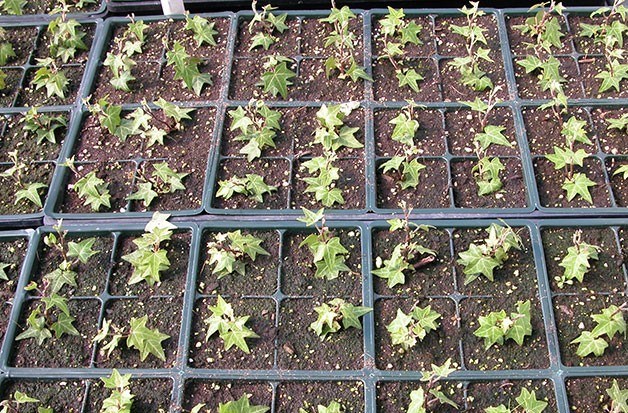In December, we devoted a couple of columns to growing your food indoors – even when it is -30 C outside. What we did not cover was some of the important information about starting the seeds themselves. If all this seems a bit overwhelming, then we can also offer you some additional help on Jan. 28 as we are offering an online two-hour course on this topic as well. Be sure to check out our website and get registered as the course is filling up fast!
Each tiny little seed contains all the magic of life. Seeds are made up of an outer seed coat that protects the inner parts of the seed during dormancy. Inside the seed coat lies the endosperm which serves as the food supply that is essential for the early growth of the seedling. In the center of the seed is the embryo which is really a very minute undeveloped plant. It is water that penetrates the seed coat which causes this magical process to begin.
Keep the media/soil moist to ensure even germination whether you are seeding indoors or directly into the garden. Use a gentle spray to avoid washing the seeds around, or they may pool into dense clumps. Keep the humidity high until the seeds germinate by covering seed pots with plastic wrap. Keep a close eye on them as once you see the plants germinate it is necessary to gradually uncover the seedlings to avoid conditions that are too wet for the new seedlings to survive.
Once the seeds germinate those young seedlings will need adequate light in order to grow. Placing them directly under a fluorescent light fixture or grow light will ensure that the seedlings are strong and sturdy. If you find that your seedlings are tall and spindly it is because they are not getting enough light and are reaching for the sun.
Other than the generalization that germination begins with the uptake of water, there are a host of conditions that are necessary for successful germination. As we discussed in a prior column, light, warmth, water, nutrition and a healthy dose of love is essential to success. However, fertilization is not necessary until your seedlings are sprouting true leaves. Prior to that time, they are still living off the food contained in the seed. Once that life has begun then it is important for you to provide every little thing that will be needed in order to grow healthy plants that are ready to be transplanted out into the garden or consumed in your kitchen.
Growing at least some of the food you consume does not need to be a difficult task. You will need some basic equipment, but it is not necessary to invest thousands of dollars. Plants are amazing and respond very well if you ensure they receive the basics of life. Also, most gardeners derive great satisfaction from growing plants, and providing quality food for our table. Starting seeds enables the gardener and the chef to know exactly what products were used on the plants from the beginning of life. Also, as we all have experienced – sometimes we cannot get basic products like lettuce without paying an exorbitant price! Growing your own is also a more sustainable alternative to purchasing food that has been grown many miles away and has had to undergo an unbelievable amount of transportation in order to get to our local grocer.
If you still need some extra assistance, check out our list of online classes on our website at is another good source of information!
Hanbidge is the Lead Horticulturist with Orchid Horticulture. Find us at ; by email at [email protected]; on facebook @orchidhort and on instagram at #orchidhort.
Tune into GROW Live on our Facebook page or check out the Youtube channel GROW



